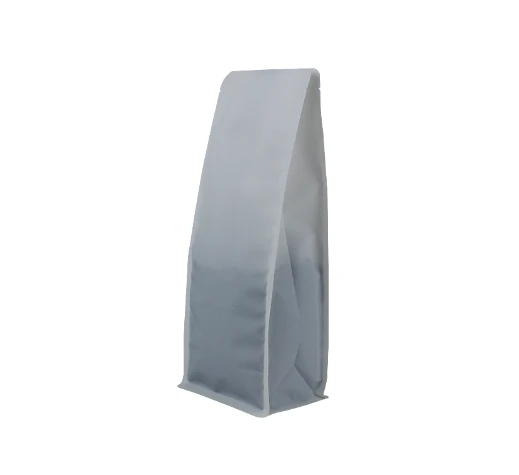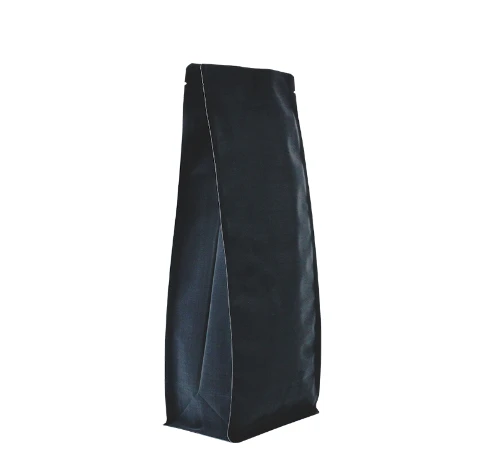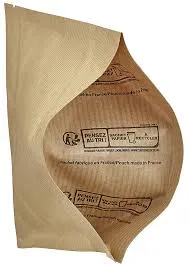Converting Mils to Micrometers for Precision Measurement Applications
Understanding the Conversion from Mills to Micrometers (μm)
When it comes to measurement units, precision and clarity are paramount, especially in fields such as engineering, manufacturing, and science. One common conversion that professionals may encounter is the transformation of mills (or mils) to micrometers (μm). Though both units are useful for measuring thickness, they cater to different domains and scales. This article aims to elucidate the conversion process and provide insights into the practical applications of these measurement units.
What is a Mill (Mil)?
A mill, often referred to as a mil, is a unit of measurement primarily used in the United States to denote thickness. It is defined as one-thousandth of an inch (0.001 inches). On the metric system, where precision is key, the mil is often utilized in industries such as manufacturing, materials science, and construction. For instance, the thickness of plastic sheets, coatings, or certain materials might be measured in mils.
What is a Micrometer (μm)?
The micrometer, abbreviated as μm, is a metric unit of length that equals one-millionth of a meter (0.000001 meters). It’s equivalent to one-thousandth of a millimeter (0.001 mm) and is generally used in fields that require extreme precision, such as semiconductor manufacturing, biology, and materials science. The micrometer is crucial for measuring small dimensions and tolerances, making it a staple in laboratory and technical settings.
Conversion Formula
To convert mills to micrometers, one needs to understand the relationship between these two units. The conversion is straightforward
1 mil = 25
.4 micrometers (μm)This means that for every mil, there are 25.4 micrometers. To convert a measurement from mils to micrometers, you simply multiply the value in mils by 25.4.
Example
mils to um

If you have a thickness of 5 mils and you wish to convert it to micrometers
\[ 5 \text{ mils} \times 25.4 \frac{\text{μm}}{\text{mil}} = 127 \text{ μm} \]
Practical Applications
Understanding the conversion from mils to micrometers is crucial in various industries
1. Manufacturing and Material Science When specifying material thicknesses for engineering projects, both mils and micrometers may be used. For example, the thickness of coatings, films, and sheets can affect their performance characteristics. A precise measurement is essential for quality control.
2. Medical and Biological Applications In the life sciences, micrometers are often used to measure cellular structures, membrane thickness, and other microscopic dimensions. Accurate conversion ensures that measurements align with international standards.
3. Electronics The production of electronic components often requires extremely precise measurements. The thickness of circuit board substrates or semiconductor layers could be given in mils; converting these to micrometers is necessary for aligning specifications with manufacturing processes.
4. Construction In the construction industry, materials might be specified in mils when discussing insulation or vapor barrier membranes. Understanding the conversion to micrometers aids in comprehension and compliance with engineering standards.
Conclusion
In conclusion, the conversion from mils to micrometers is a vital skill in various professional fields. While both units of measurement serve distinct purposes, understanding how to navigate between them enhances clarity and precision in communication and specification. Whether you are designing materials, conducting scientific research, or working on a construction project, knowing how to convert these measurements ensures that you maintain the necessary standards to achieve optimal results. Remember, whenever you encounter mils in your work, you can efficiently and effortlessly convert them to micrometers using the factor of 25.4. This knowledge not only aids in mastering measurements but also elevates the quality of work across numerous disciplines.













